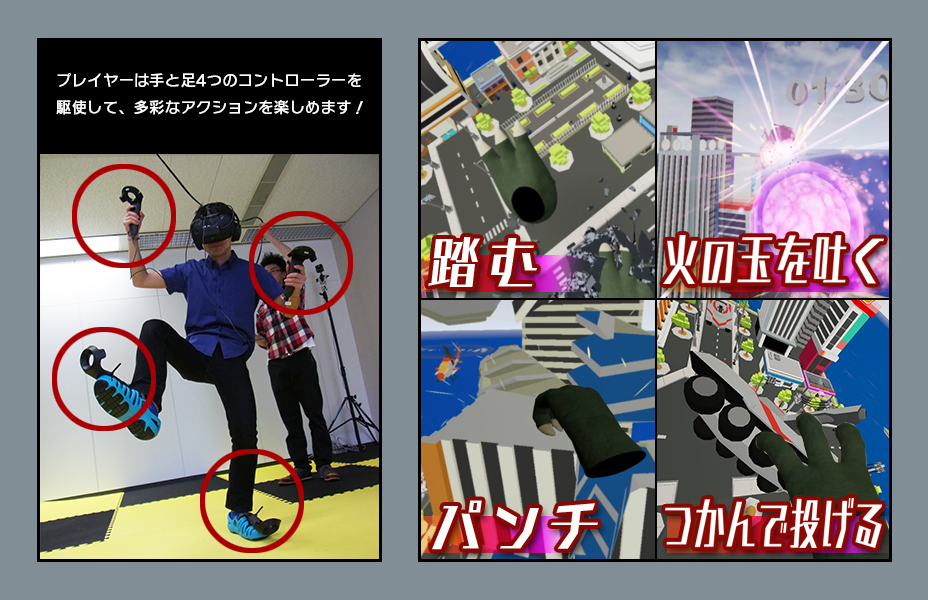TharpDaddy
Member
There are a couple of VR games where you have your own VR body, I only have played a few but I usually don't like it. If I only have floating hands, I doesn't feel bad, feels great actually. I guess it's because they are exactly where you expect them to be for the majority of the time you look at them, they always do what you want them to do despite the fact that they are floating hands. But when you attache arms and a torso and legs this all falls apart. I always get jumpscared by my own VR body. For Mirrors Edge it would be even worse because she is sliding and climbing all over the place while the player stands or sits still in one place. Maybe I just havent played a game yet where it was done well enough(?)
I don't like having a VR body AT ALL. It never lines up properly with real me.
One exception is Invasion, it worked there. I think it helps that you're so fat.
So is it just a matter of the tracking? Once full body tracking is a thing you'd be fine with it, but prefer only hands until then?















